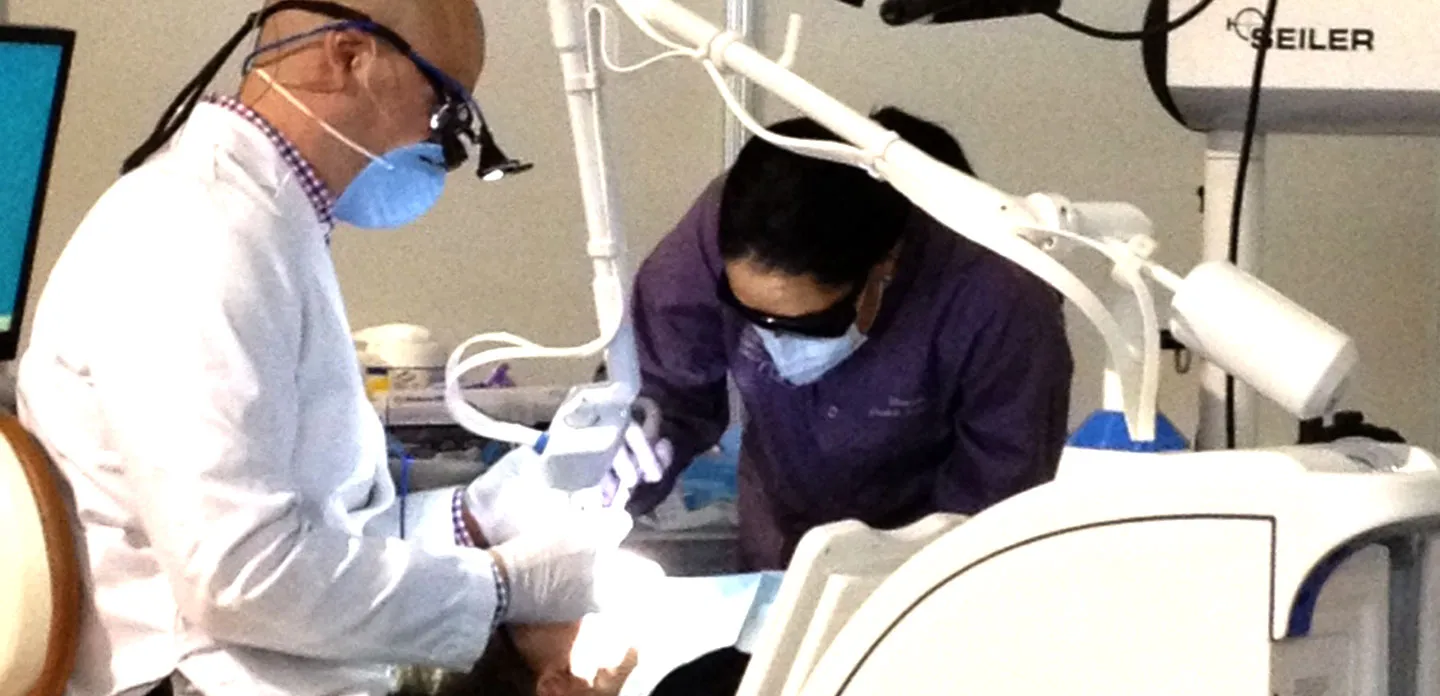If there’s one thing on which dental patients agree, it’s that they don’t like going under the drill. That’s why start-up company Convergent Dental turned to engineering consulting company Tischler Resources to join their development team with the mission of delivering the Solea CO2 dental laser—the first device of its kind to receive approval from the U.S. Food and Drug Administration (FDA) for use on hard and soft tissue ablation—in less than two years.
The Solea dental laser—which won the 2014 Medical Design Excellence Gold Award in the Dental Instruments, Equipment, and Supplies category—is revolutionizing common dental procedures such as filling cavities and shaving teeth for crowns because the laser’s analgesic effect eliminates the need for anesthesia and is virtually pain-free in nearly 100 percent of the cases for which it is used. Patients, who once dreaded the noise, vibration, numbness, and pain associated with the drill, will now have needle-free, and virtually pain-free experiences during most dental procedures performed with the Solea.
According to Neil Tischler, owner of Tischler Resources, the project presented design and engineering challenges, especially because Convergent Dental sought to fast-track the project and the overall development team included both in-house engineers and outside consultants.
“The development team included company founder Nathan Monty who specified the laser and the optics; Hern Kim of Hernetics, who did the industrial design; Bill Groves, originally of Sachem Consulting and now with Convergent Dental, who did the electrical design with the assistance of Leo Bafitos of Convergent Dental; Charles Dresser of Convergent Dental, who did the handpiece and pneumatics design; and Chris Dancewicz of Convergent Dental, who handled PDM [product data management], drawing generation, and ECOs [engineering change orders],” Tischler explains. “My role was to oversee the mechanical design of the cart itself, creating its structure, integrating all of the purchased and custom-designed components into a manufacturable module serving as the glue on the team. To collaborate effectively, we needed a robust, integrated development platform.”
Tischler Resources and the Convergent Dental team selected SOLIDWORKS design and SOLIDWORKS Enterprise PDM (EPDM) product data management solutions because the software is easy to use, provides robust surfacing design capabilities, and includes effective design visualization and communication tools. “We chose SOLIDWORKS software because it provides the best, simplest, and most straightforward integration of any design environment,” Tischler says. “I also value the Subscription Service for the education it provides on timesaving software features and for the quality reseller support if I run into modeling problems.”
Delivering Breakthrough Product In Record Time
Working in SOLIDWORKS, Tischler Resources and the Convergent Dental team completed the design of the Solea dental laser and secured FDA approval in less than two years, which is rare for a new medical device. While Tischler used SOLIDWORKS to develop the mechanical design for the laser cart, Kim leveraged SOLIDWORKS surfacing tools to create an aesthetically pleasing design for the exterior panels, Dresser utilized SOLIDWORKS to integrate the handpiece design and pneumatic system, and Groves used SOLIDWORKS Solution Partner Altium® Designer software to complete the electrical design.
“This project shows the power of the SOLIDWORKS Community,” Tischler stresses. “We brought together a team of specialists to address critical development needs and used SOLIDWORKS as our common language. We were under pressure to complete development quickly, and SOLIDWORKS helped us achieve our goal.”
